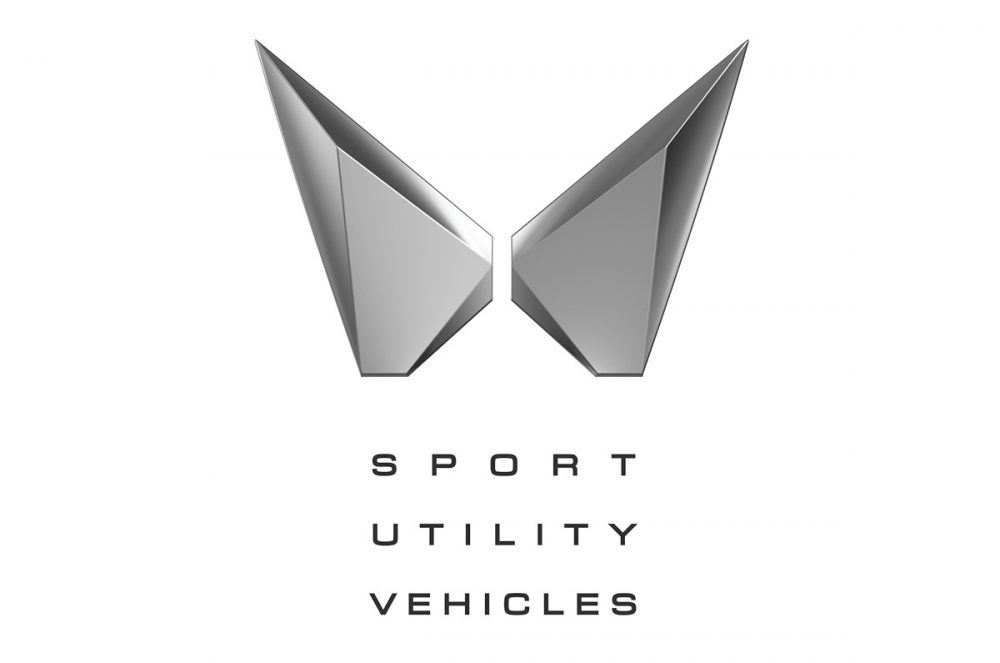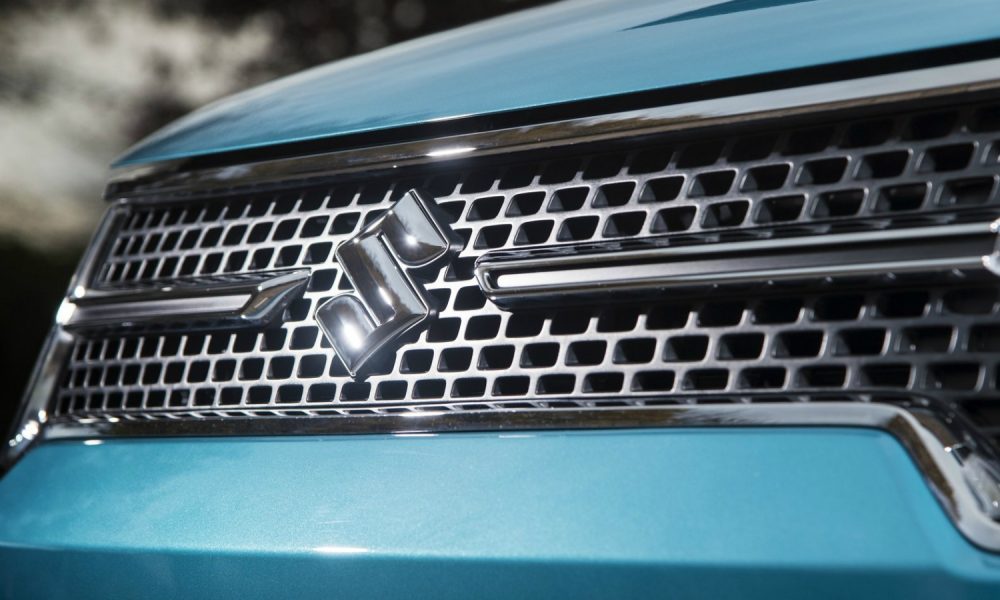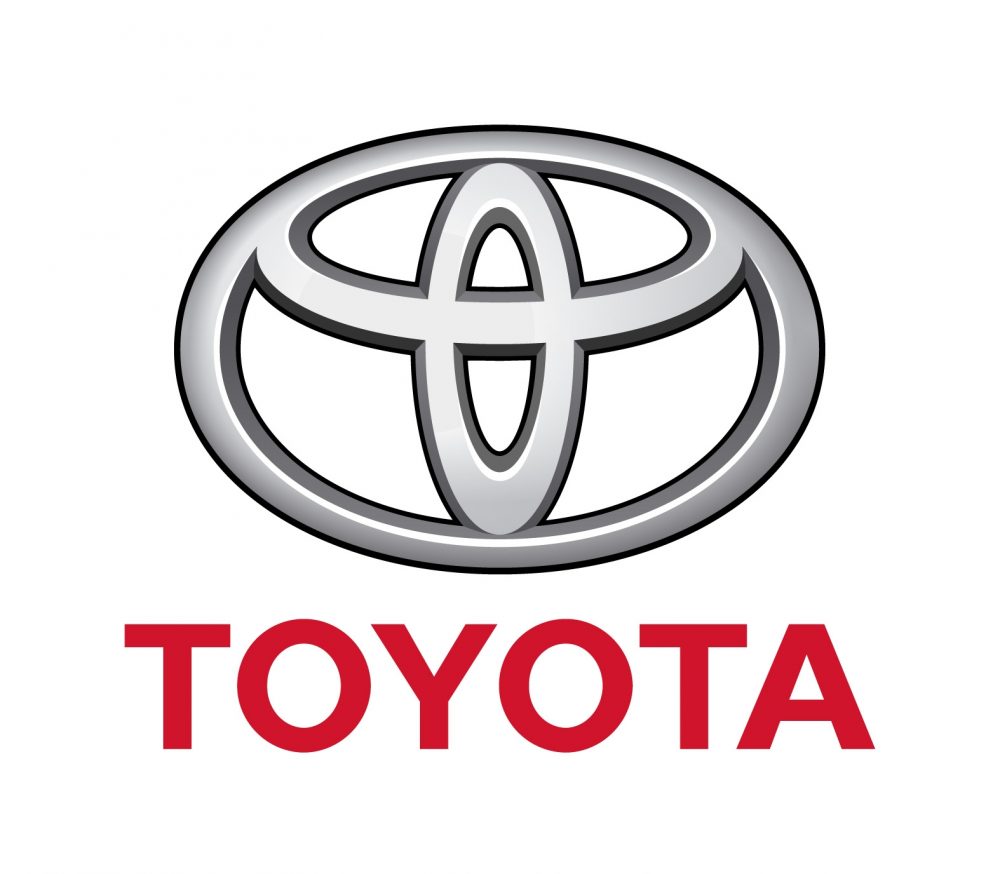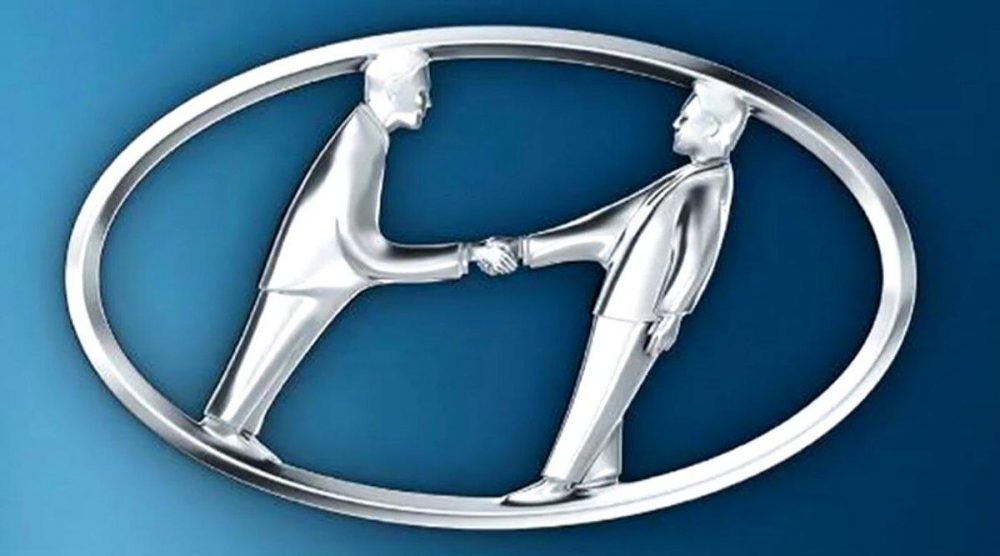Introduction
The logos of some of the most successful and iconic brands in the world are icons themselves. They’re recognizable, memorable, and powerful. What makes these Car Brands and Their Logos so great? The designers behind them were inspired by their own passions and life experiences. The designs were all about simplicity, making it easy to remember who you’re going to see on television or in person. Car Brands and Their Logos also showed how much they cared about their customers, which made buying a car that much more personal.
-
Mahindra

The new logo takes inspiration from the ‘Explore the Impossible’ motto, and reflects ambition and the ability to take new challenges head-on. The carmaker says that the new identity marries subtle sections and hard forms. The new identity is made up of two primary elements: a linear icon (the section) and a dynamic display font (the ‘M’). The two combine to form a dynamic shape that represents the company’s vision.
Mahindra & Mahindra Limited (M&M) is an Indian multinational conglomerate corporation headquartered in Mumbai, Maharashtra, India. Mahindra Group has a presence in 40 countries and has manufacturing facilities across 60 countries including the United States, Brazil, Canada and Germany. The company was founded by Jagdish Chandra Mahindra in 1945 as a manufacturer of tractors. It began manufacturing cars in 1958 under the name “Jalwar”. In 1971 it introduced its first motorcycle brand called ‘Mahindra’ which means “saviour” or “helper”.
- Tata Motors
 The Tata logo, designed by the Wolff Olins consultancy, has a lot of meaning in it. The logo is meant to signify fluidity; it may also be seen as a fountain of knowledge; may be a tree of trust under which people can take refuge.The logo has been used on all Tata products and services. It was introduced by Ratan Tata in 1991 after he took over as chairman of the group. The design is based on the spiral motif that is part of Indian culture and art. The spiral motif represents the cyclical nature of life and growth, as well as infinity and eternity. This design was chosen as it symbolizes how Tata companies are constantly evolving from within and without, growing larger than their parent company but remaining true to their roots.”
The Tata logo, designed by the Wolff Olins consultancy, has a lot of meaning in it. The logo is meant to signify fluidity; it may also be seen as a fountain of knowledge; may be a tree of trust under which people can take refuge.The logo has been used on all Tata products and services. It was introduced by Ratan Tata in 1991 after he took over as chairman of the group. The design is based on the spiral motif that is part of Indian culture and art. The spiral motif represents the cyclical nature of life and growth, as well as infinity and eternity. This design was chosen as it symbolizes how Tata companies are constantly evolving from within and without, growing larger than their parent company but remaining true to their roots.”
Tata is a brand name of the Tata Group, an Indian multinational conglomerate. The company was founded in 1868 by Jamsetji Nusserwanji Tata. It has been an Indian manufacturer and retailer of automobiles, trucks and buses since 1932. The brand also produces commercial vehicles such as utility vans, semi-trailers and high-roof top containers for transporting goods around India.
- Maruti Suzuki
 The red color represents passion, integrity and tradition, while the blue stands for excellence and grandeur. The earliest Suzuki logo was designed in black and white palette. The emblem, seen on the company’s vehicles, is all silver. The current logo is still largely unchanged from its original form. The most notable change has been a drop in the number of the S in Suzuki from three to two. Maruti Suzuki is a Japanese car manufacturer. It is a part of Suzuki Motor Corporation, which was founded in 1909 and makes automobiles, engines, robotics and other products. The logo for Maruti Suzuki is an oval with the word “Suzuki” written in two languages; Japanese characters on the left side and English on the right. The background of this logo contains blue stripes that run along its length from top to bottom (from left to right).
The red color represents passion, integrity and tradition, while the blue stands for excellence and grandeur. The earliest Suzuki logo was designed in black and white palette. The emblem, seen on the company’s vehicles, is all silver. The current logo is still largely unchanged from its original form. The most notable change has been a drop in the number of the S in Suzuki from three to two. Maruti Suzuki is a Japanese car manufacturer. It is a part of Suzuki Motor Corporation, which was founded in 1909 and makes automobiles, engines, robotics and other products. The logo for Maruti Suzuki is an oval with the word “Suzuki” written in two languages; Japanese characters on the left side and English on the right. The background of this logo contains blue stripes that run along its length from top to bottom (from left to right). -
Toyota

The Toyota Logo The overlapping of the two perpendicular ovals inside the outer oval symbolize “T” for Toyota, as well as a steering wheel representing the vehicle itself. The outer oval symbolizes the world that embraces Toyota. Each oval is contoured with different stroke thicknesses, similar to the brush art in Japanese culture. The inner and outer ovals are also connected by thick lines that represent the company’s philosophy of “Value Creation through People.” The thin lines connecting them are meant to represent Toyota’s core values of Integrity, Respect and Passion for people and customers.
Toyota’s logo is the stylized version of the letter “T” in its name. The logo was originally designed in 1989, when the company was called Toyoda Automatic Loom Works. In 1960, when it changed its name to Toyota Motor Company, it also changed its logo as well; this time around it featured a red background and white letters instead of black ones with red accents for better visibility at night.
-
Hyundai

A Deeper Look Into The Hyundai Logo The original Hyundai symbol actually communicates two meanings. First, it acts as a simple “H” representing the Hyundai brand. However, it’s also a silhouette of two people shaking hands. The two people represented by this silhouette are the company and the customer in a mutually-harmonious agreement. In addition to these two meanings, there is also another meaning behind this logo. It represents a shared goal between the company and its customers that they will work together towards achieving success. The Hyundai logo is a stylized version of the letter “H.” The company was founded in 1967, and it has become one of the largest car manufacturers in South Korea.
Hyundai’s logo represents its mission statement: “Visually, we strive to create an image that symbolizes what we stand for as an organization – innovation, quality and value for money.” According to them, this logo represents their core values: innovation; quality; affordability; sustainability and environmental protection.
Our Take: Car Brands and Their Logos
In a world of brands, it’s easy to lose sight of the fact that most of us drive cars. But with just a little bit of knowledge about how these logos came to be—and how each company is run—you can better understand what makes each one unique. And when you do finally get behind the wheel of your new car, you’ll be able to appreciate its design even more!






Hi Ashwin,
Maruti Suzuki logo is just the copy of the SUZUKI logo. They used to have a different logo but finally adopted the Suzuki logo.
Their original logo is:
https://www.google.com/imgres?imgurl=https%3A%2F%2Fcdn.freebiesupply.com%2Flogos%2Flarge%2F2x%2Fmaruti-suzuki-logo-png-transparent.png&imgrefurl=https%3A%2F%2Ffreebiesupply.com%2Flogos%2Fmaruti-suzuki-logo%2F&tbnid=A6YHuHACrETZWM&vet=1&docid=GPwnA6jAnjYICM&w=2400&h=2400&source=sh%2Fx%2Fim